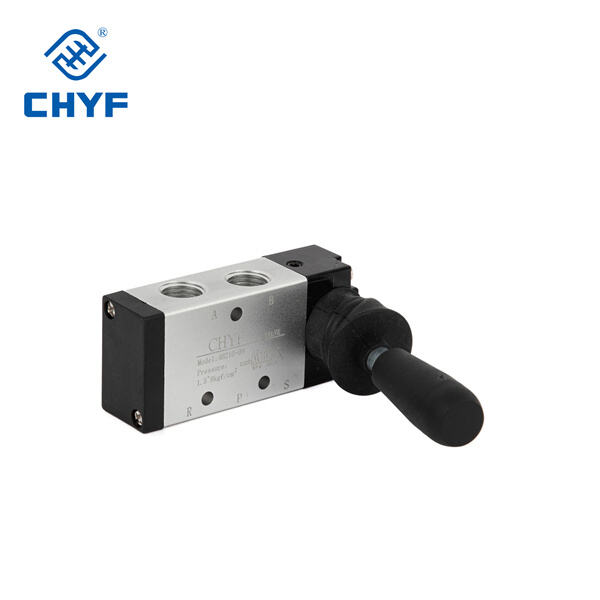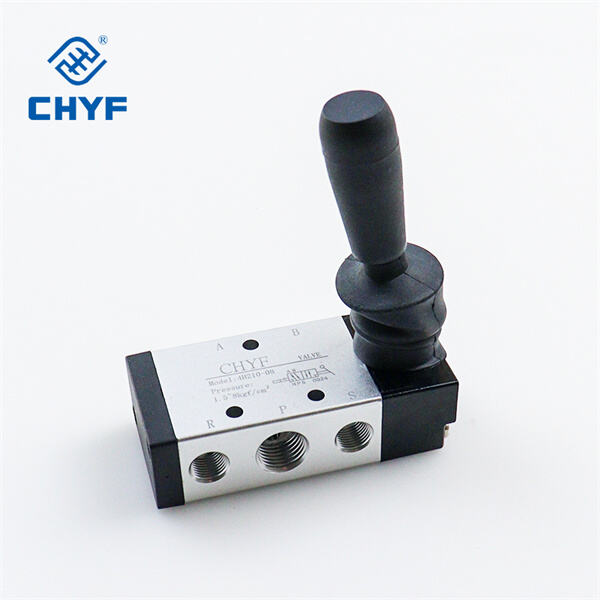Tel: +86-577 61727673
Email: [email protected]
Tel: +86-577 61727673
Email: [email protected]
Pneumatic air control valves are traffic lights for air in machines. The same way traffic lights signal to cars when to go and stop, these valves regulate when air should flow, and when it should stop. They also help manage the direction and flow and pressure of air, allowing devices to function the way they’re supposed to.
The pneumatic air control valve that you choose is extremely important and can affect the performance of the machine in a positive and negative way. But if the valve is too big or too small, the machine may not function properly. It’s like trying to jam a square peg into a round hole — it just doesn’t work. So, it is necessary to choose a valve with an appropriate size and type in order to allow for the machine to function properly.

By regulating the flow of air and pressure, pneumatic air control valves make machines work better. When these valves are installed properly, machines can operate faster, consume less energy and do a better job. That’s why businesses can save time and money by choosing valves that will make everything work the way it should.

There are many kinds of pneumatic air control valves, and they all serve a specialized purpose. Certain valves dictate the direction of where the air goes, while others dictate how much air is used. For example, it is a directional control valve that gets air to move a piston back and forth in a machine. The air pressure is maintained by a pressure control valve. Working with the appropriate valve for a given task can help ensure machines work as accurately and efficiently as possible.

Occasional, Pneumatic Air Control Valves do not operate properly due to any of a number of reasons. For instance, a valve may leak air, causing a machine to slow down or stand still. To remedy this, you can inspect for leaks and replace broken parts. Dirt getting into the valve is another issue that can cause the valve to not work correctly. Cleaning and maintaining the valves on a regular basis will help avoid such issues and maintain equipment in good order.